Translation in Mathematics
Translation is a term used in mathematics to describe the movement of an object from one location to another without rotating or changing its size. In geometry, a translation refers to shifting a figure along a straight line in a plane. This movement can be in any direction - left, right, up, down, or even diagonally.
Translation Notation
When describing a translation, we use the notation T(a,b), where (a,b) represents the amount of horizontal and vertical movement, respectively. If a is positive, the figure moves to the right; if a is negative, the figure moves to the left. Similarly, if b is positive, the figure moves upwards, and if b is negative, the figure moves downwards.
Vector Notation
Another way to describe a translation is using vector notation. A vector v can be used to represent the direction and distance of the translation. For example, if the vector v = (3, 4), it means the figure is translated 3 units to the right and 4 units up.
Properties of Translations
Some important properties of translations include:
- Translations preserve the size and shape of the original figure.
- Corresponding points on the original figure and its image are the same distance apart.
- Translations are a type of isometry, which means they preserve distances and angles.
Practice Problems
Let's try some practice problems to reinforce your understanding of translations:
- Translate the point (2, 5) using the translation T(-3, 1).
- If a figure is translated using the vector v = (-4, 2), in which direction and how far does the figure move?
- What are the properties of a translation?
Answers
- The translated point is (-1, 6). To find this, we subtract the horizontal movement from the x-coordinate and add the vertical movement to the y-coordinate.
- The figure moves 4 units to the left and 2 units up.
- The properties of a translation include preserving size and shape, maintaining distances between corresponding points, and being a type of isometry.
◂Math Worksheets and Study Guides Eighth Grade. Three dimensional geometry/Measurement
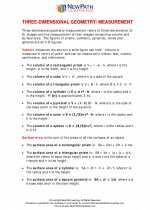
 Worksheet/Answer key
Worksheet/Answer key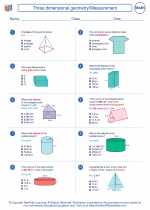
 Worksheet/Answer key
Worksheet/Answer key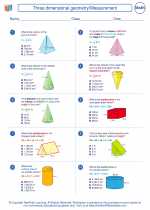
 Worksheet/Answer key
Worksheet/Answer key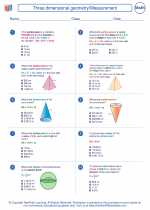
 Worksheet/Answer key
Worksheet/Answer key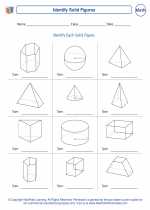
 Worksheet/Answer key
Worksheet/Answer key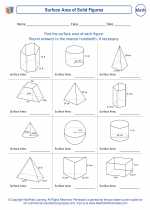
 Worksheet/Answer key
Worksheet/Answer key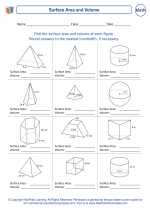
 Worksheet/Answer key
Worksheet/Answer key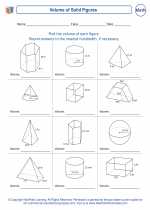
 Worksheet/Answer key
Worksheet/Answer key
 Worksheet/Answer key
Worksheet/Answer key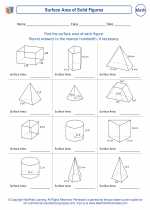
 Worksheet/Answer key
Worksheet/Answer key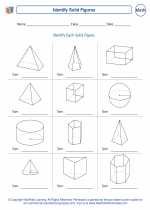
 Worksheet/Answer key
Worksheet/Answer key
